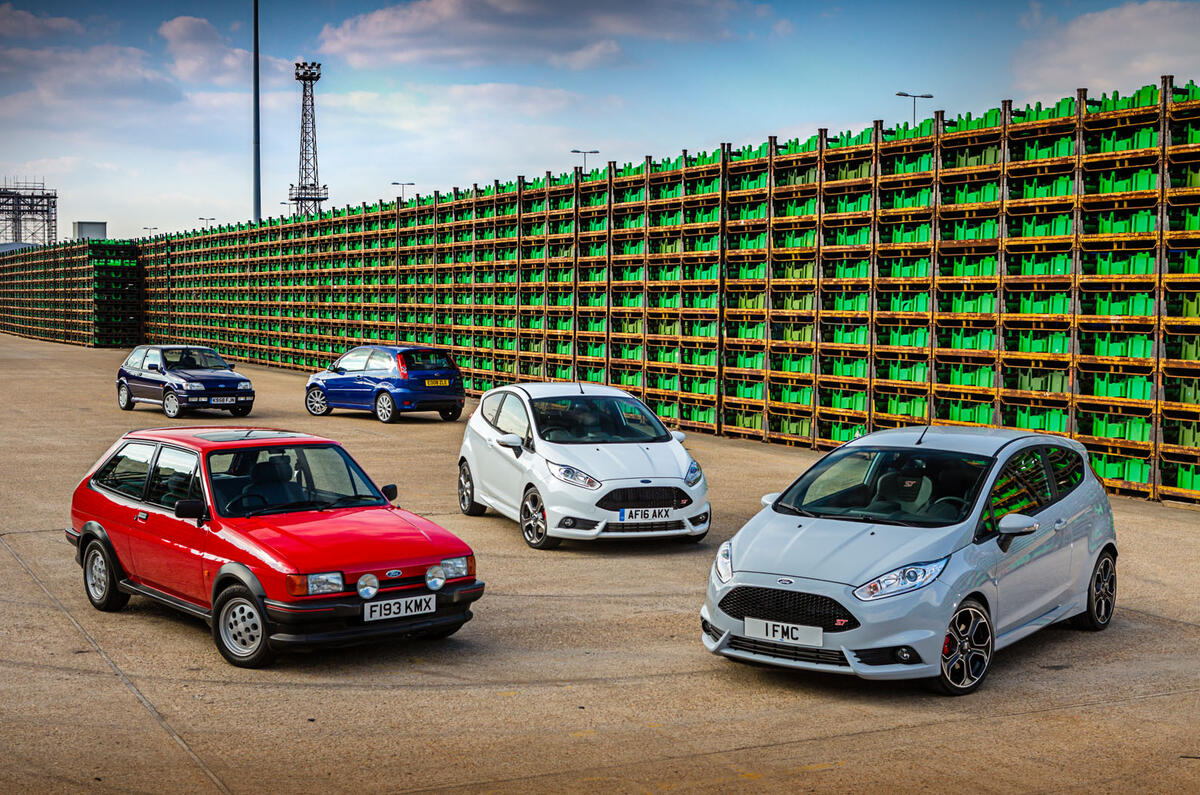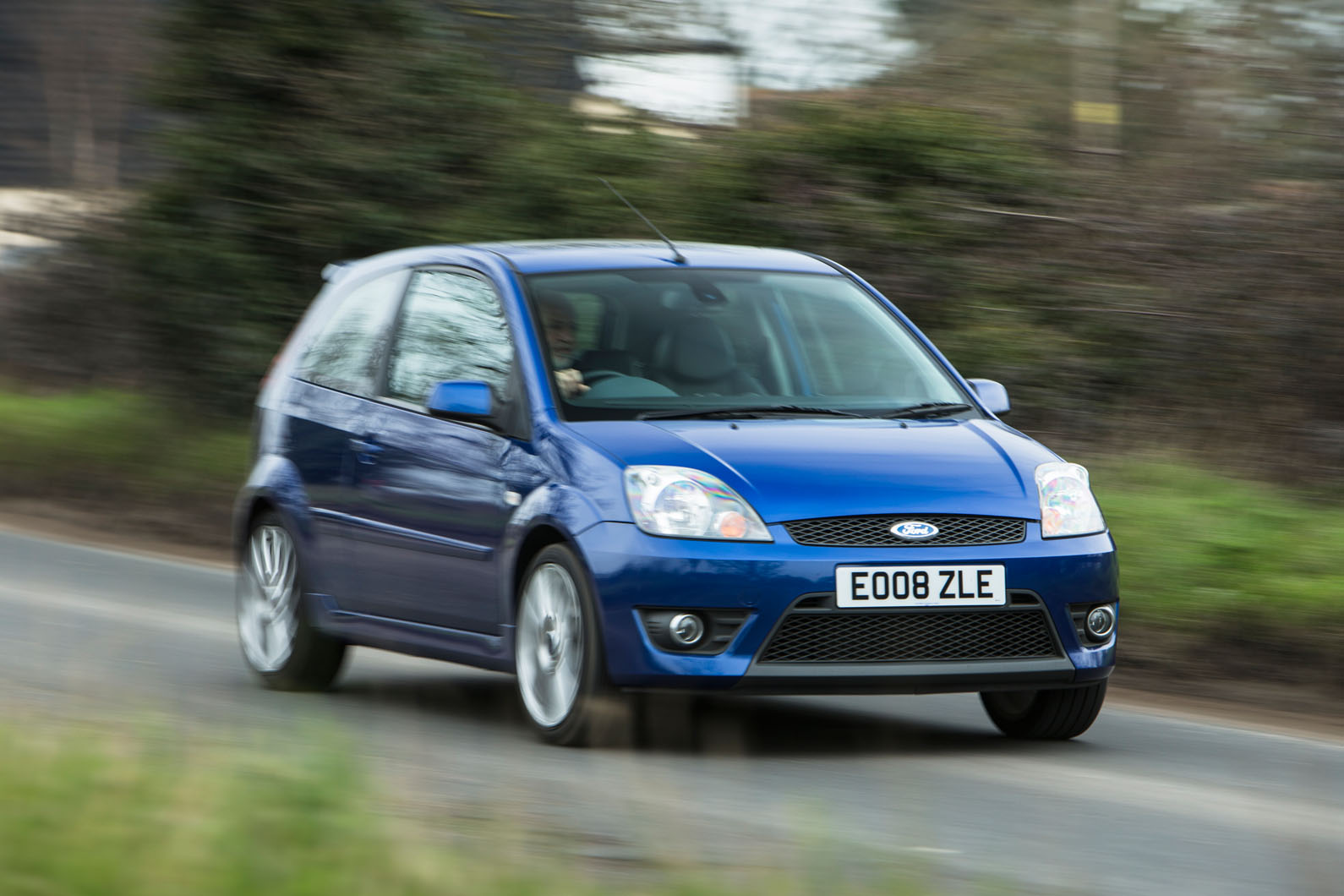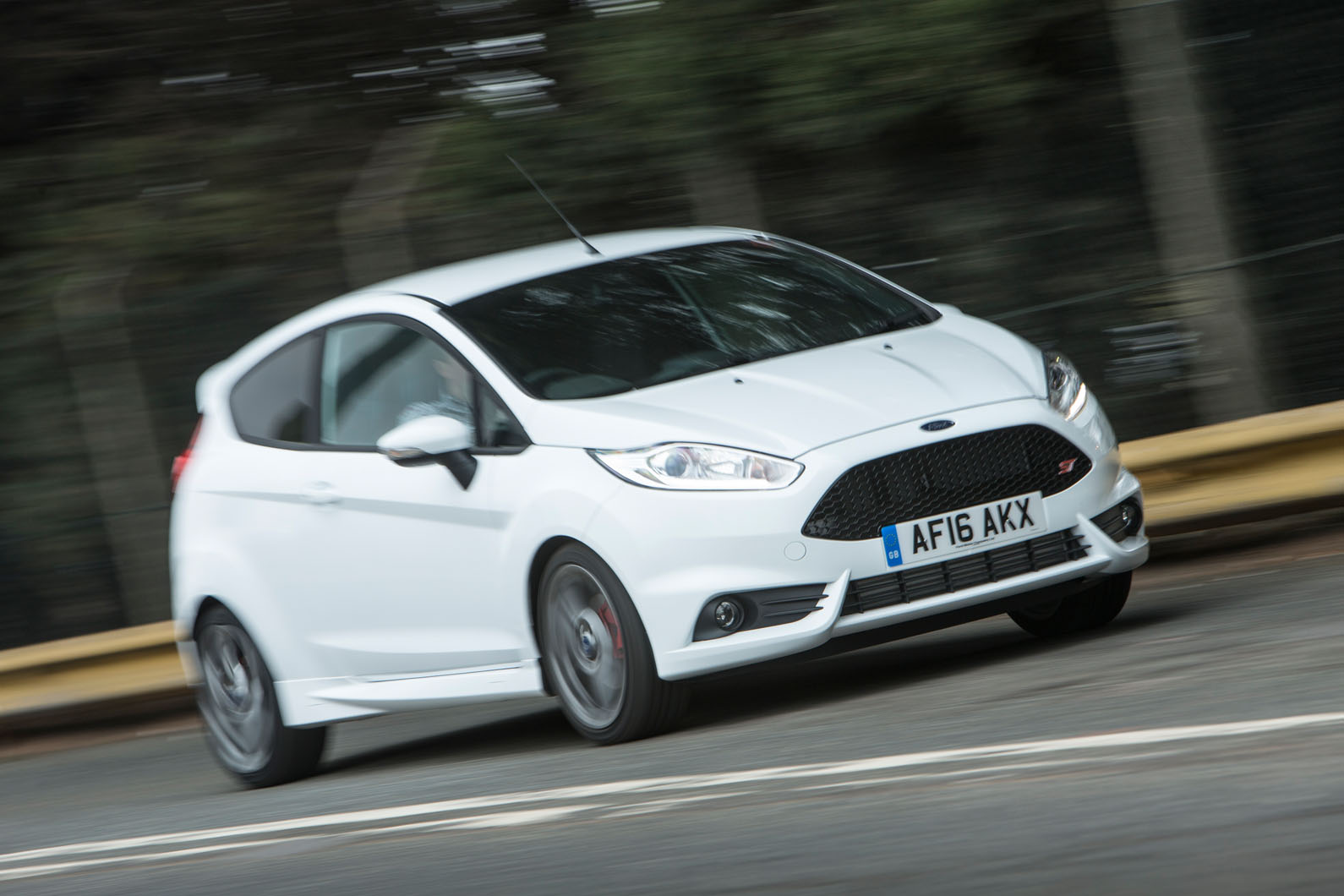Travelling to Dagenham to experience some old Ford Ford Fiestas on Essex back roads might not sound like the stuff that driving dreams are made of, but this is a chance to experience pretty much the whole hot Ford Fiesta bloodline in a single day.
This article was first published on 19 July 2016. We're revisiting some of Autocar's most popular features to provide entertaining content during these difficult times.​
It’s also an excuse to visit the Ford Heritage Collection, which is housed in an anonymous-looking industrial unit that sits on the edge of the diminished Dagenham factory site.
The arrival of the Fiesta ST200 provides an excuse to dust off some of the collection’s hot Fiestas from throughout the ages, and we’ve seized the opportunity to make a back-to-back comparison of four generations in one day.
Ford Fiesta Mk2 XR2
Power 96bhp 0-60mph 8.6sec Years produced 1984-1989

The first car I ever drove was a Mk2 Fiesta – my grandmother’s 1.1 – so the XR2’s cabin feels instantly familiar. It’s tiny – narrow enough that you can easily reach over to wind the passenger window up or down without stretching. As befits the XR2’s status at the top of the tree, there’s more equipment than I remember, including a rev counter, a sports steering wheel, a sunroof and even a five-speed gearbox.
The Mk2 Fiesta was basically just a heavy facelift of the Mk1, with a smoother front end and, in the XR2, a new overhead-cam engine from Ford’s CVH family. Ford had honed its skill in dressing up mainstream machinery with generations of go-faster Escorts, and the XR2’s chunky bodykit, rear spoiler, driving lights and big wheels gave it a far more aggressive stance than its more basic sisters. These relatively cheap changes transformed the Fiesta into a desirable little car and enabled Ford to sell it for a chunky supplement. It worked: at the peak of the XR2’s popularity, it represented an amazing 25% of all UK Fiesta sales.



























































Join the debate
Add your comment
IIRC the MK2 got to 60 in
A very good article.
The XR2 was crude and a bit crap, but it looked good, was decently quick, and had its own significant charm.
So I agree - I'd rather like one now.
The XR2i on the other hand, was, and remains, a disgrace.
Attitudes change
I remember reading very critical reviews of the Fiesta MK2 XR2 when it first came out. Whilst there were plenty of rave reviews of the Peugeot GTi and Renault 5 GT Turbo, the poor old XR2 was almost ridiculed for being so substandard and almost always ended up at the bottom of group tests.
Then I drove one and thought how well it handled, with strong enough performance for a boy racer of average driving ability, along with pretty decent looks and cheap running costs (apart from insurance that was terrible for all hot hatches).
So many hot hatches are bloated with 'tech' and equipment now that some of us don't want and not only distracts from the driving experience, but also pushes prices up. I think Mike Duff's conclusion is spot on.